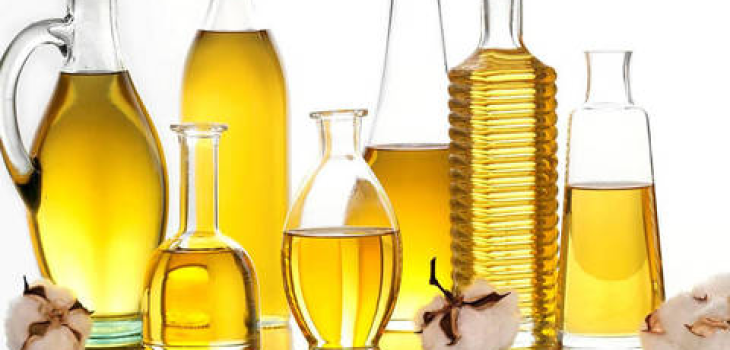Seed oil: varieties and properties
We have often addressed aspects related to extra virgin olive oil, as well as its by-products and uses, but it should be remembered that it by no means holds a monopoly in the diverse world oil market. Equally widespread and used is in fact seed oil, which is present in so many varieties and mainly comes from the processing of seeds such as those of the sunflower or peanut.To obtain seed oils there are mainly two methods of extraction: chemical and mechanical. The chemical extraction process, which results in the loss of all the nutritive values of the seeds, involves the use, like olive pomace oil, of a chemical solvent, while the second process, which is capable of not altering the properties of the product, is based on the mere pressing of the seeds.
How many seed oils are there?
As mentioned in the introduction, there are a variety of seed oils, which differ from each other not only in the seed from which they are derived but also in certain nutritional aspects, while maintaining several common characteristics. The most famous and popular variety is certainly sunflower seed oil, the consumption of which is said to be capable of reducing triglycerides in the blood, followed by peanut oil. Less famous is certainly flaxseed oil while emerging still appears to be hemp oil. Then in Japan, the consumption and sale of rice oil and the unjustly mistreated palm oil are not negligible.
Properties of the various oils
Most seed oils have a higher amount of omega 3 and omega 6, compared to olive oil.The presence of these fats makes seed oils particularly digestible and brings significant benefits to our bodies, not to mention the benefits related to additional nutrients such as vitamin E, of peanut oil, which is also completely cholesterol-free, or polyunsaturated fats, of which corn oil which is particularly rich.
How to use seed oil in the kitchen
The wide variety of seed oil in the Lovascio oil mill can satisfy every need.
In addition, thanks to Alessandro Lovascio's advice, you can choose the most suitable seed oil for seasoning your dishes raw, for frying, for seasoning cooked vegetables or preparing a delicious home-made mayonnaise.
In addition, thanks to Alessandro Lovascio's advice, you can choose the most suitable seed oil for seasoning your dishes raw, for frying, for seasoning cooked vegetables or preparing a delicious home-made mayonnaise.

